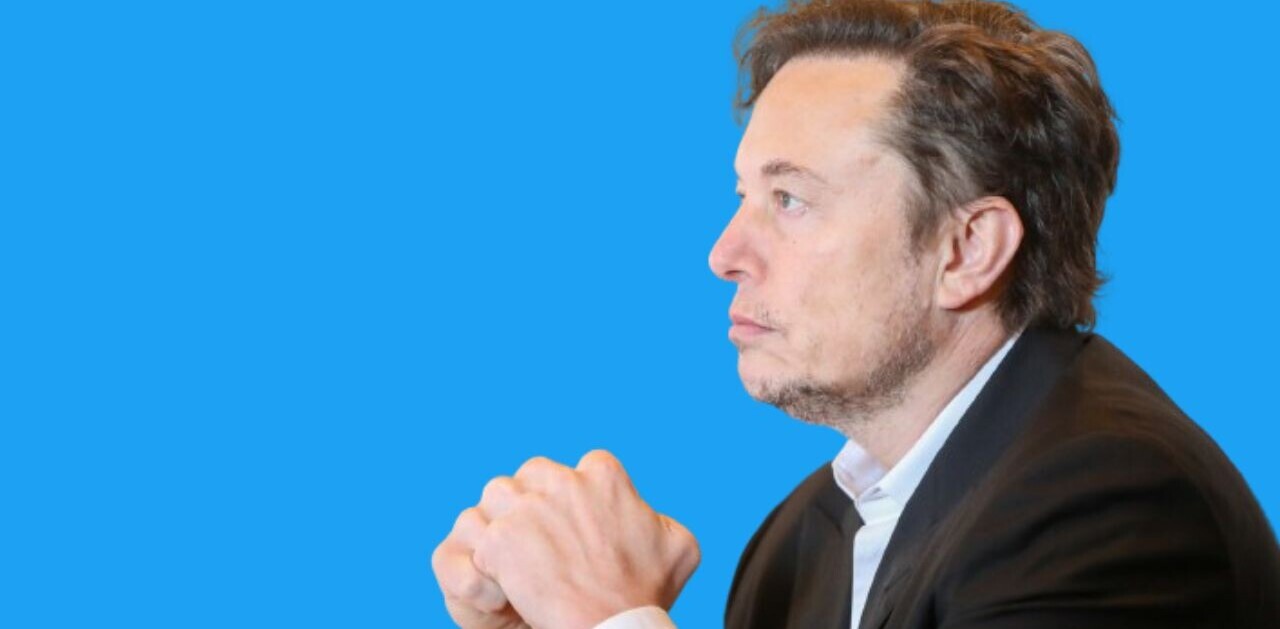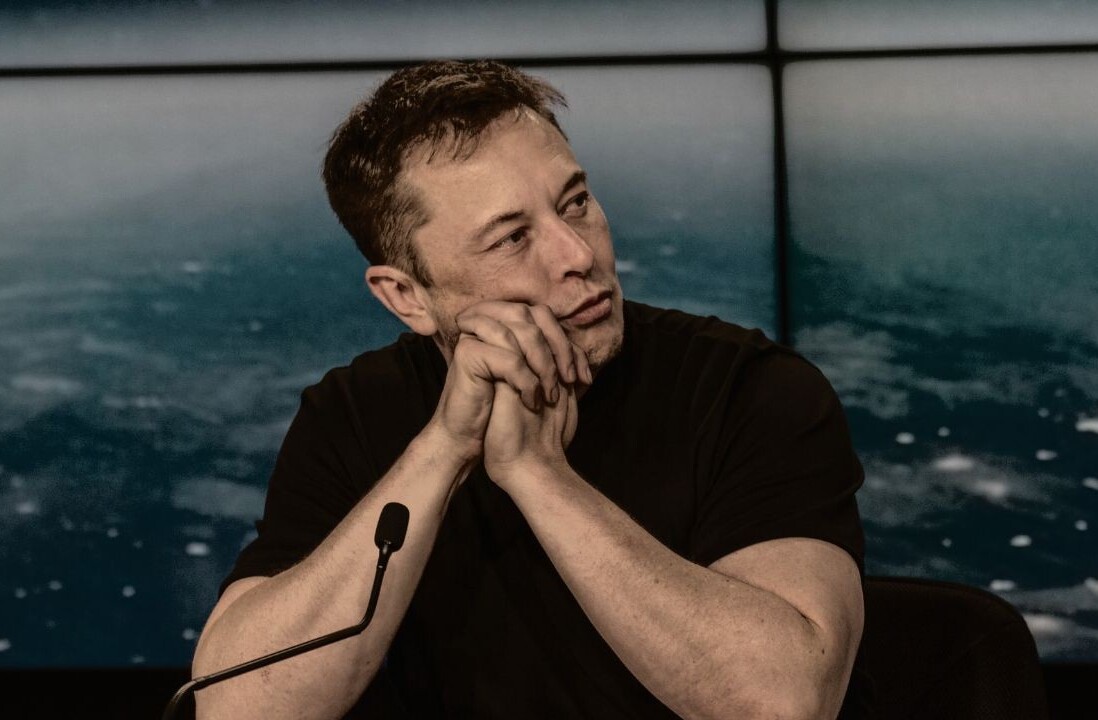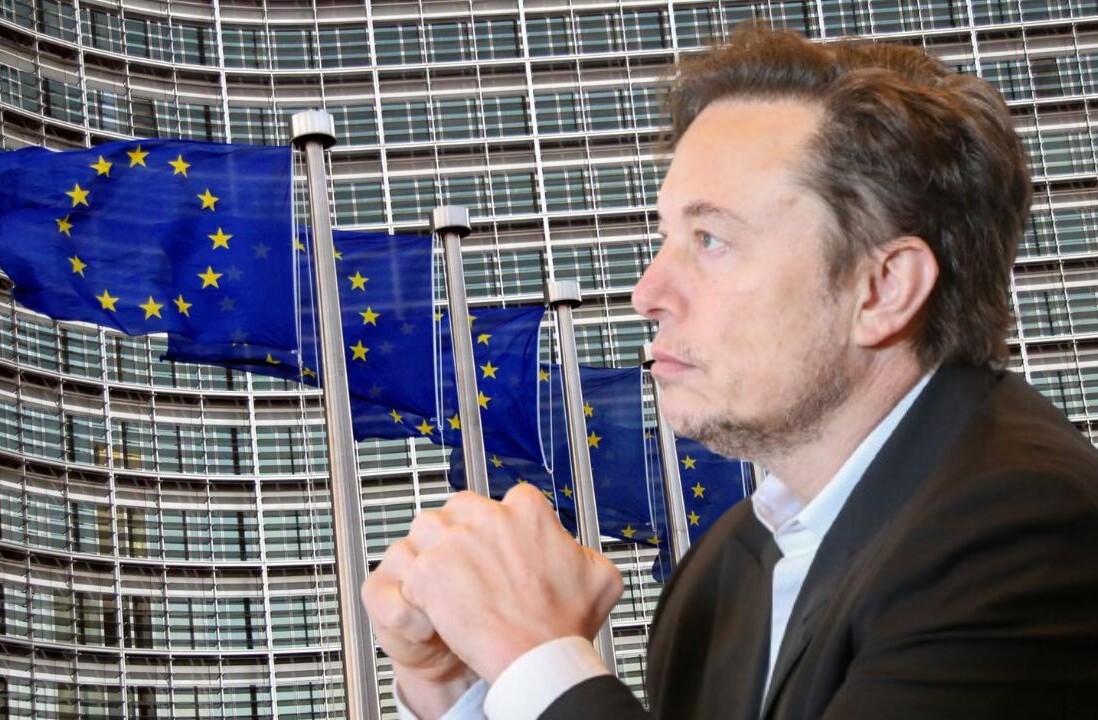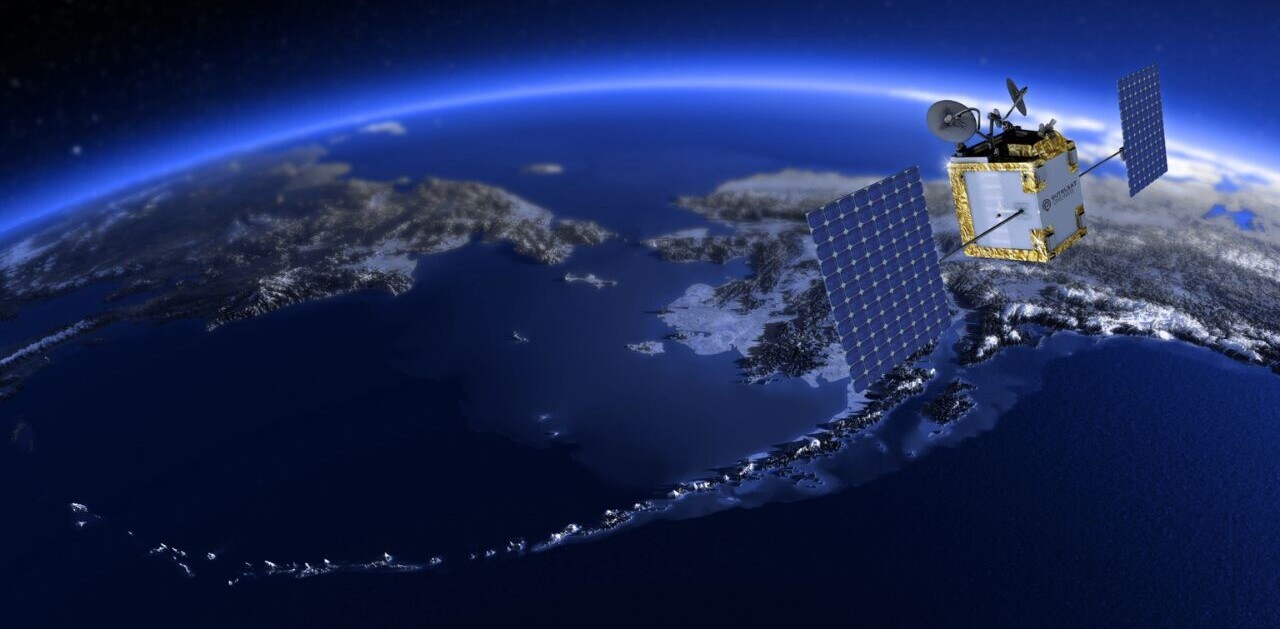Elon Musk is tweeting about Full Self Driving again.
Soon
— Buff Mage (@elonmusk) January 11, 2020
Full Self Driving is an upcoming Tesla feature that currently exists in an unfinished form. According to Musk, the feature will eventually make it possible for a Tesla vehicle to drive itself from an owner’s driveway in the suburbs, onto the highway at high speeds, into the city where there’s traffic, weather, pedestrians, and who-knows-what-else, and into your office parking lot.
Musk also claimed that by the end of 2020 Tesla would have fully-autonomous robotaxis operating unrestricted on city streets – which, if true, a couple of AI experts are going to literally eat them.
It all boils down to Tesla’s two major software packages: Autopilot and Full Self Driving. Neither does what their respective names would imply, as it’s important to mention that there are currently no fully autonomous passenger cars available for sale to private citizens. The technology just isn’t there yet.
As far as we can tell, Musk is the only automaker claiming they’ll field fully-autonomous production vehicles for regular consumers any time soon.
Perhaps the most baffling aspect of Musk’s handling of both “Autopilot” and “Full Self Driving” are the facts that he’s managed to convince the world’s governments and the public at-large that it’s okay to beta test his software on public roads.
It’s one thing to find out that someone in a country you don’t live in has access to a new pre-release version of a Spotify feature that you wish you had. But, it’s different when you have to wonder if the person sharing the road with you is driving their vehicle, or if an alpha or beta build of a car manufacturer’s software is.
Those of us who don’t own Teslas haven’t consented to sharing the roadways with beta testers who can’t seem to get it through their heads that Autopilot isn’t an autopilot system and Full Self Driving is by no means a full self-driving system for their vehicles.
While it’s certainly possible that Musk and Tesla will shock the world by becoming the first – and, to date, only – company to unlock the secret to fully-autonomous driverless vehicles, it won’t come in the form of a software update. Beyond simply building the best modern car on the planet (a designation I’d like to remind those about to send me a rage email that I completely agree Tesla’s vehicles deserve), autonomous vehicles that transport humans will need a supporting infrastructure grid to work in urban environments.
More likely, however, is the reality that Musk’s promises of a car that can drive itself — safely — in city environments is as much a pipe-dream as the magnetically-levitating pods that were going to carry humans from New York to Los Angeles faster than a Jet airliner could using underground hyperloops. For those keeping score, the hyperloop has become an underground tube that we’ll just drive our cars through. After much ado, Musk has finally invented the tunnel.
Yet, here we are with Musk a hair’s breadth away from triggering his billion-dollar bonus, and the mogul’s tweeting about Full Self Driving again after failing to meet his initial deadline of Q-4 2019. Will we actually see the “feature complete” version of Full Self Driving in Tesla’s early access group in 2020?
Who cares?
If it’s what Musk says it’ll be, a system that cobbles Tesla’s wobbly parking lot navigation “Summon” AI with its spotty highway driver-assistance “Autopilot” and tosses in a computer vision-powered traffic light and pedestrian detector, then the early access group owners won’t have anything to brag about that they didn’t already.
H/t: Elektrek
Get the TNW newsletter
Get the most important tech news in your inbox each week.






